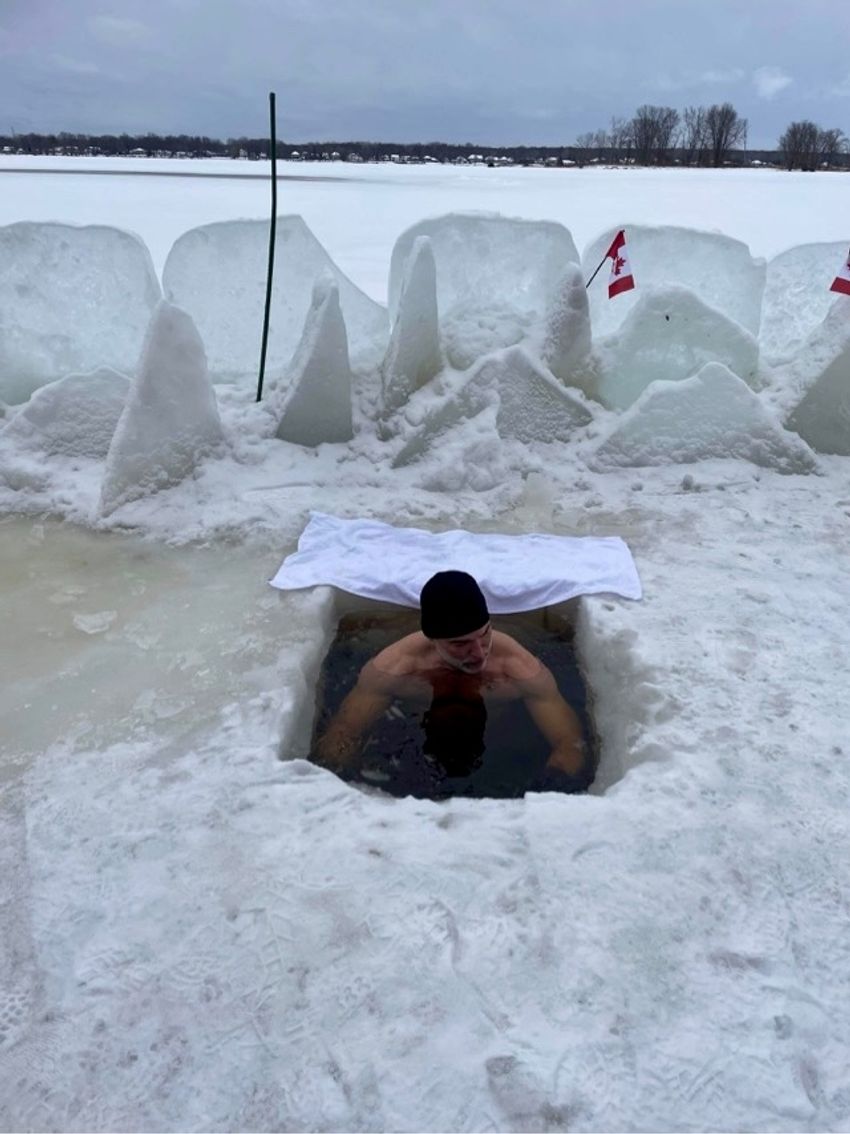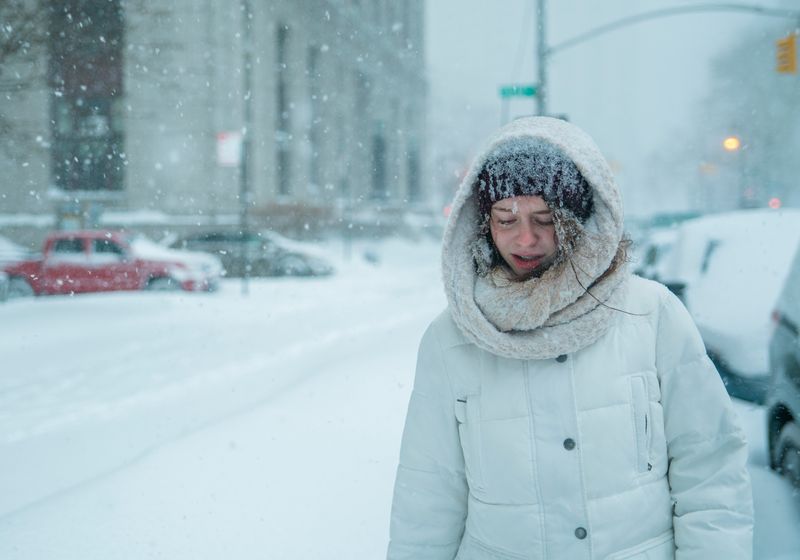Some people are more sensitive to the cold than others due to a combination of factors including prior cold exposure and genetics.
As the golden autumn hues give way to muted greys and winter whites, most people bring out their sweaters to keep the cold at bay. Conversely, others stroll through the frosty air wearing shorts and just a t-shirt, completely unfazed.
François Haman, a biologist University of Ottawa, specializes in studying energy metabolism and nutrition in extreme environments including cold.
University of Ottawa
“All humans on the planet are vulnerable to cold,” said François Haman, a biologist at University of Ottawa whose research focuses on energy metabolism and nutrition in extreme environments including cold. “Because we are really, really bad at [retaining heat] in the cold.”
Despite this, people have different tolerances for cold temperatures due to a variety of behavioral and biological factors, including their body mass and genetics. Studying the genetic makeup of people native to extremely cold climates has offered some insights into the variants that may influence an individual’s sensitivity to the cold.
History of Cold Exposure and Body Mass Influence Freezing Feelings
One factor that dictates how well someone can tolerate low temperatures is their history to cold exposure. “With time you can actually have some level of acclimation,” he said. For instance, people who move to colder climates tend to feel cold early on but are able to tolerate the extreme temperatures eventually.
On a biological level, body mass is a major driver of cold tolerance in people. Those with a smaller body mass have a larger surface area relative to volume, so they tend to lose more heat from the surface of the body. “If somebody’s very small, they’re going to exchange [heat] with cold temperatures much faster. If they’re much bigger, it’s going to take more time,” explained Haman.

A history of exposure to cold conditions influences how sensitive one would be to low temperatures. Haman trains himself to withstand freezing temperatures by cold plunging.
Juliane Lacroix
People with a higher muscle mass also generate more heat through metabolic processes, potentially helping them better tolerate cooler temperatures. “Muscle mass is actually your best protector when it comes to cold,” said Haman.
However, factors beyond body size influence how sensitive people are to the cold. “When you look at populations that live in Arctic conditions, they tend to be smaller, and they tend to have an average low body mass,” said Haman. How do people from these populations thrive in freezing conditions?
Genetics Affect Who Gets the Shivers
Scanning the genomes of Inuit people from Greenland revealed variants in genes involved in promoting heat-producing brown fat cells.1 A separate study in the same population indicated that some genes associated with adipose tissue differentiation and body-fat distribution are expressed differently, likely contributing to cold tolerance.2
Outside of studying populations residing in extreme conditions, comparing the genetic variants in people who are more or less sensitive to cold provided an important clue: Those who carry a mutation in a gene encoding the skeletal muscle protein alpha-actinin-3 maintain core body temperature better than those not carrying this mutation.3
“Genetics could be related to blood flow also,” said Haman. In cold conditions, blood vessels in the skin constrict, restricting blood flow to the extremities like fingers, toes, and the nose. While people may feel colder due to this constriction, it helps maintain the core body temperature. Genetic variants in genes encoding a collagen subunit and a hormone receptor are linked to the regulation of blood flow in response to cold.4
So, whether people reach for sweaters at the first hint of a nip in the air or wear shorts in freezing weather, everybody feels the cold biting differently, thanks to traits such as body type and genes.

